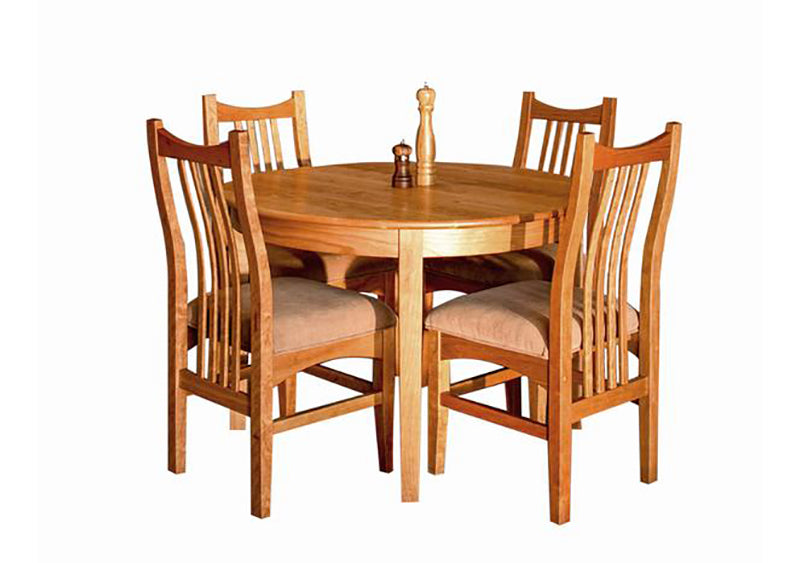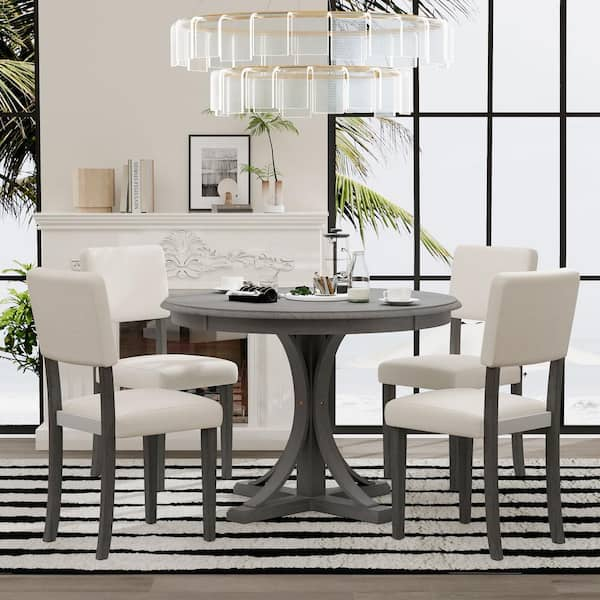Expert Tips for Setting Up Dining Room Table Legs for Optimum Security
When it pertains to setting up dining-room table legs, attaining optimum stability is vital for both functionality and looks. The procedure starts with choosing the right materials and hardware, adhered to by careful placement and factor to consider of weight distribution. Each action plays an important duty in ensuring that the ended up product endures daily use without endangering security or layout stability. Nevertheless, understanding the subtleties of these elements can significantly affect the total outcome. What particular techniques can enhance stability even better?
Choose the Right Legs
When picking the appropriate legs for your dining-room table, it is necessary to consider both performance and visual appeals. The legs you choose will significantly affect the general layout and security of the table. First, examine the table's planned usage; if you expect regular events, stronger legs, such as those made from solid timber or metal, may be preferable, as they supply raised sturdiness and assistance.
Typical eating tables normally vary from 28 to 30 inches in height, so ensure the legs align with this criterion for comfort. Conical legs can include a contemporary touch, while turned legs might share a much more classic aesthetic.

Select Appropriate Equipment
Just how can the right equipment enhance the security and long life of your dining-room table? The choice of ideal equipment is vital to ensuring that the legs of your table are safely affixed and able to hold up against routine usage. Top quality screws, screws, and brackets give the necessary stamina to sustain the weight of the table, in addition to any extra lots positioned upon it throughout dishes or gatherings.
When picking screws, select those made from resilient materials such as stainless steel or brass, which withstand deterioration and keep integrity in time. The size of the screws is just as vital; they should penetrate deeply into the table's structure without jeopardizing stability. For bolted connections, take into consideration using lock washers to stop loosening because of resonance or motion.
Additionally, using edge braces can include additional assistance, particularly for larger tables or those with heavier tops. These braces distribute weight equally and help maintain the table's form. Making certain that the equipment you select is appropriate for the specific products of your table will even more boost its overall security and durability, allowing you to appreciate your dining experience for years to come.
Ensure Correct Positioning
Proper alignment of dining room table legs is crucial for both aesthetic appeal and functional security. Misaligned legs can result in an uneven table top, which may not just be visually uninviting yet also jeopardize the table's use. To accomplish ideal positioning, start by determining the range from the table's edges to the leg add-on points. This makes certain that each leg is positioned equidistant from the edges, producing a balanced look.
Utilize a degree throughout installation to verify that each leg is vertical to the tabletop. This action is vital, as also minor discrepancies can rise right into significant stability problems over time. It is a good idea to note the desired leg positions on the bottom of the table with a pencil or covering up tape prior to safeguarding them. This practice offers as a visual guide, permitting for changes as required.
Additionally, verify the positioning after the first screws are tightened, as modifications may be required before totally securing the Click This Link hardware. By prioritizing correct alignment, you not just enhance the table's general design however likewise make certain that it continues to be functional and secure for several years ahead.

Think About Weight Circulation
After making certain appropriate positioning of the dining-room table legs, it's vital to think about weight distribution to boost security and performance. dining room table legs. Proper weight distribution is crucial in protecting against tottering and making More hints certain that the table can sustain its desired lots without risk of tipping or falling down
When positioning the legs, guarantee they are put at equal ranges from the center of the table to equally distribute the weight throughout the structure. Take into consideration the weight of the tabletop and any items that will often rest on it, such as tabletop appliances or ornamental items. Tables with much heavier surfaces must preferably have legs located closer to the corners, as this makes the most of the base of support and decreases the risk of instability.
Furthermore, if the table is planned for usage in a high-traffic area, take into consideration utilizing larger products for the legs or adding supporting aspects, such as cross-bracing or a reduced shelf - dining room table legs. These modifications can aid maintain balance and stop changing during use. Inevitably, a well-considered weight distribution approach will considerably boost the table's total performance, guaranteeing it stays a attractive and functional focal point for your eating room
Test Security Before Use
Checking the stability of the dining room table before use is an important action that ought to not be ignored. If the table shows instability, identify the legs or joints that may call for change.
Next, inspect that all fasteners and screws are tightened effectively. Loose connections can bring about instability and possible damage gradually. If required, make use of timber glue on joints to enhance stability, guaranteeing to allow ample drying time.

Final Thought
In verdict, the installation of dining-room table legs needs mindful consideration of materials, that site weight, hardware, and placement distribution to attain maximum stability. By choosing high-quality fasteners and strong legs, making sure precise positioning, and dispersing weight equally, the architectural stability of the table can be dramatically enhanced. Conducting a stability test prior to routine usage better ensures that the table will certainly withstand everyday pressures, thus supplying a reputable and secure dining experience.
When it comes to installing eating room table legs, achieving maximum stability is paramount for both functionality and visual appeals. The legs you select will dramatically influence the total style and stability of the table (dining room table legs). Conventional dining tables usually vary from 28 to 30 inches in elevation, so make certain the legs line up with this requirement for comfort.Appropriate positioning of dining room table legs is essential for both visual appeal and functional security.In verdict, the setup of dining room table legs needs careful consideration of products, weight, hardware, and placement distribution to achieve optimum stability